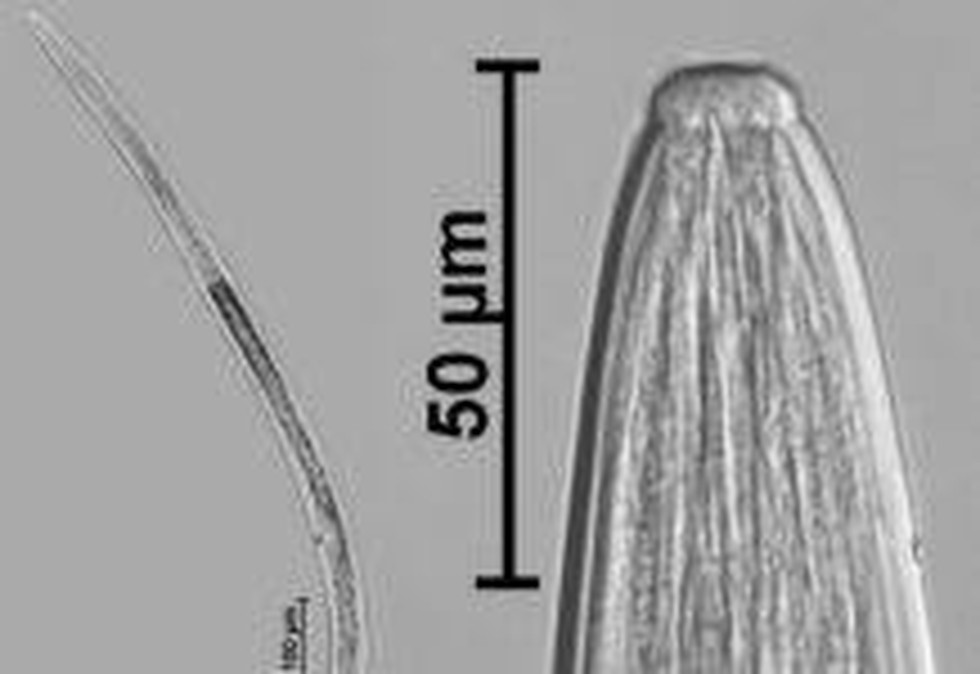
Crassolabium dhritiae

07.03.2025
Crassolabium dhritiae
|
For Prelims: About Seagrass, Distribution of Seagrass, Advantages of Seagrass |
Why in the news?
Scientists from the Zoological Survey of India (ZSI), Kolkata, recently announced the discovery of a species of soil-dwelling nematode, named Crassolabium dhritiae, in the Deccan Peninsular biogeographic zone of Odisha’s Keonjhar district.
About Crassolabium dhritiae:
- It is a new species of soil-dwelling nematode.
- It was discovered in the Deccan peninsular biogeographic zone of Odisha’s Keonjhar district.
- It has been named in honour of Dhriti Banerjee, director of ZSI, in recognition of her outstanding contributions to zoology and taxonomic research.
- It is characterised by its medium-sized, slender body, rounded lip region, wide odonto style, long pharynx, distinctive female reproductive structures, and uniquely shaped tail.
- While the feeding habits of the Crassolabium genus are still being studied, members of this group are known to exhibit both predatory and omnivorous behaviours.
- dhritiae brings the total number of known Crassolabium species worldwide to 39, with nine now recorded in India.
About soil nematodes:
- They are tiny invertebrates that play a vital role in soil fertility.
- They occur in all soils, even in relatively poor soils where there are millions in every square metre.
- Nematodes feed on plant roots and on all the organisms that live in soil (e.g., bacteria, fungi, algae, diatoms, protozoans, rotifers, tardigrades, springtails, arthropods, oligochaetes and nematodes).
- They can be either beneficial or harmful to plants.
- Beneficial nematodes include free-living nematodes, which help decompose organic matter and recycle nutrients in soil.
- The ratio of bacterial- to fungal-feeding nematodes indicates the rate of nutrient cycling.
- Entomopathogenic nematodes work with bacteria to control pests.
- Nematodes are also valuable indicators of soil health, as they can help assess changes in soil conditions caused by disturbance or pollution.
Source: Indian Express
Consider the following statements regarding Crassolabium dhritiae, recently seen in the news:
1. It is a new species of soil-dwelling nematode.
2. It was discovered in the Deccan peninsular biogeographic zone.
Which of the statements given above is/are correct?
A.1 only
B.2 only
C.Both 1 and 2
D.Neither 1 nor 2
Answer C